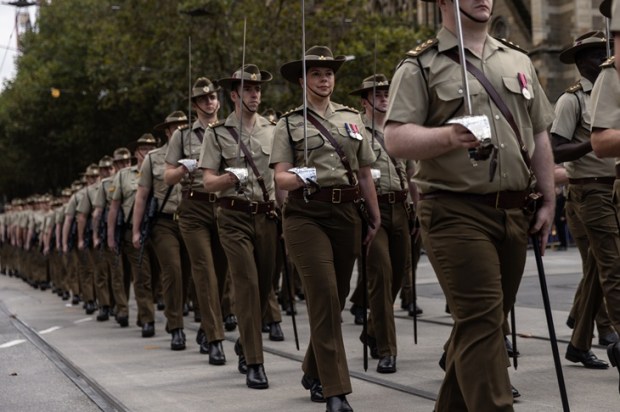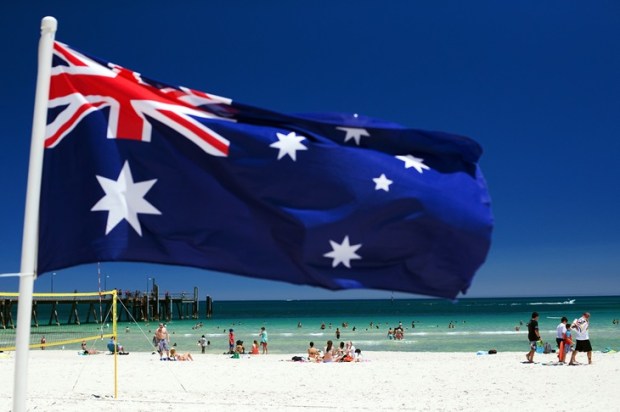Three years have passed since the New South Wales bushfires in the southeast of the state. Some people are still waiting for financial compensation. Others for their houses to be rebuilt. All still live with the trauma of the event.
‘You can’t imagine the depth of fear, the distress until you see with your own eyes the sheer scale of the devastation wrought by the fire,’ said a local resident.
Coolagolite is a long valley running west from Bermagui on the far south coast to Cobargo, thirteen kilometres away. Historically it is a dairy farming locality with most of its high-quality milk sent to Bega to the cheese factory. In recent years some of the dairies have been subdivided into pockets of five and ten-acre blocks with hobby farms or homes whose owners commute to off-farm jobs.
Many of these homes were lost in the fire that swept through the valley on New Year’s Eve 2019, fanned by a strong southwesterly wind. Some lost fences. Some lost stock. Some lost their lives Years on, many remain shaken and dislocated. They sit in caravans, unable to move. One elderly woman has no house to which to return. Her future is uncertain and frightening. For small businesses that rely on tourism, their financial viability remains grim.
One Bermagui fisherman observes that below the surface, unseen by the casual visitor, the trauma of experiencing a major fire isn’t something that disappears. Worse, he suspects it will happen again. He says:
The Far South Coast is not getting any of the rain that the rest of NSW is receiving. I was recently struck by how lacking in moisture much of the soil is. I was putting the boat away when a gale struck, and there was a small dust storm. In July! The contrast between that and (the Yass River) where I had recently been, was striking. If the current conditions continue, the far South coast is in for a difficult summer.
For many years before the fires in 2019, a group of women met regularly in Bermagui for a weekly get-together. They came from as far away as Barraga Bay in the south, Dalmeny to the north, and Wandella and Coolagolite to the west.
The women gathered in a nondescript space in an old arcade near the centre of town on the main street. It was a space with a quilting machine, an array of quilting fabrics and threads, a couple of long tables, and plenty of warmth.
Before the fires, they came to chat, for the quilting, for the camaraderie. For long months after, however, the dynamic altered. Where once a whole Friday could be taken up with tales and pictures of grandchildren and great-grandchildren, quilting ideas and new loves, the space was reduced to one in which talk of getting back to normal overpowered all else.
Many were concerned that there would never be a way back to normal. One was fearful of leaving her house and then saddened to return to it. Her home had survived the fire though fences, gardens, and stock were destroyed. Her fear was not that there would be a re-run of the fires. It was that she had survived while her neighbours had lost everything. Her emotional state was one of despair, that she was the lucky one.
Others had similar concerns. One Bermagui resident with had friends in a similar position made a good point. He said some people’s fragility did not derive from their loss but from their fear of a reality that they had never believed could happen. He worried that such fragility could lead to a mental breakdown or that people with existing health problems might suffer a heart attack or stroke.
Another who lived near Verona said he had no real idea of what had survived until the following spring. He’d lost stock, sheds, and fences but saved his house. Four of his neighbours were not so lucky. He was philosophical about what he needed to do, saying it would mean digging out what was left, removing all the blackened bits, and starting again. He had a real need to restart the things he was involved in around town so that he could get back into a ‘groove’. He remained silent on the idea of normality.
The conversation in the quilting group included what they should have taken when the government evacuation orders had been issued. Were quilts a priority? Only the favourite, said one. There were too many to take them all. Another took a couple of quilts and some jewellery. Some took family photo albums. Others said they took the wrong things. Since returning, they have stocked up on tinned goods, things that come in handy when food supplies at evacuation centres run out.
A Bermagui resident who spent four days in a caravan at the Bega showground with her husband said she missed a few things during the first evacuation. She now has a go-bag with important legal documents as well as personal items of sentimental value and family photos.
While the quilters gathered to attempt to regain a sense of normality, the space outside the door of the marine rescue base that was once occupied by a big basket of juicy lemons remained vacant. The lemons came from an ancient tree on a property at Coolagolite and were donated to raise funds to help run the rescue vessel. Sadly the ancient lemon tree, along with the owner’s house, was lost in the fire. Some things will take a lot longer to regenerate and get back to normal. If ever.
Richard Stanton is a published poet. His book, Good Eggs & Odd Fish, will be published later this month by Ginninderra Press.

























